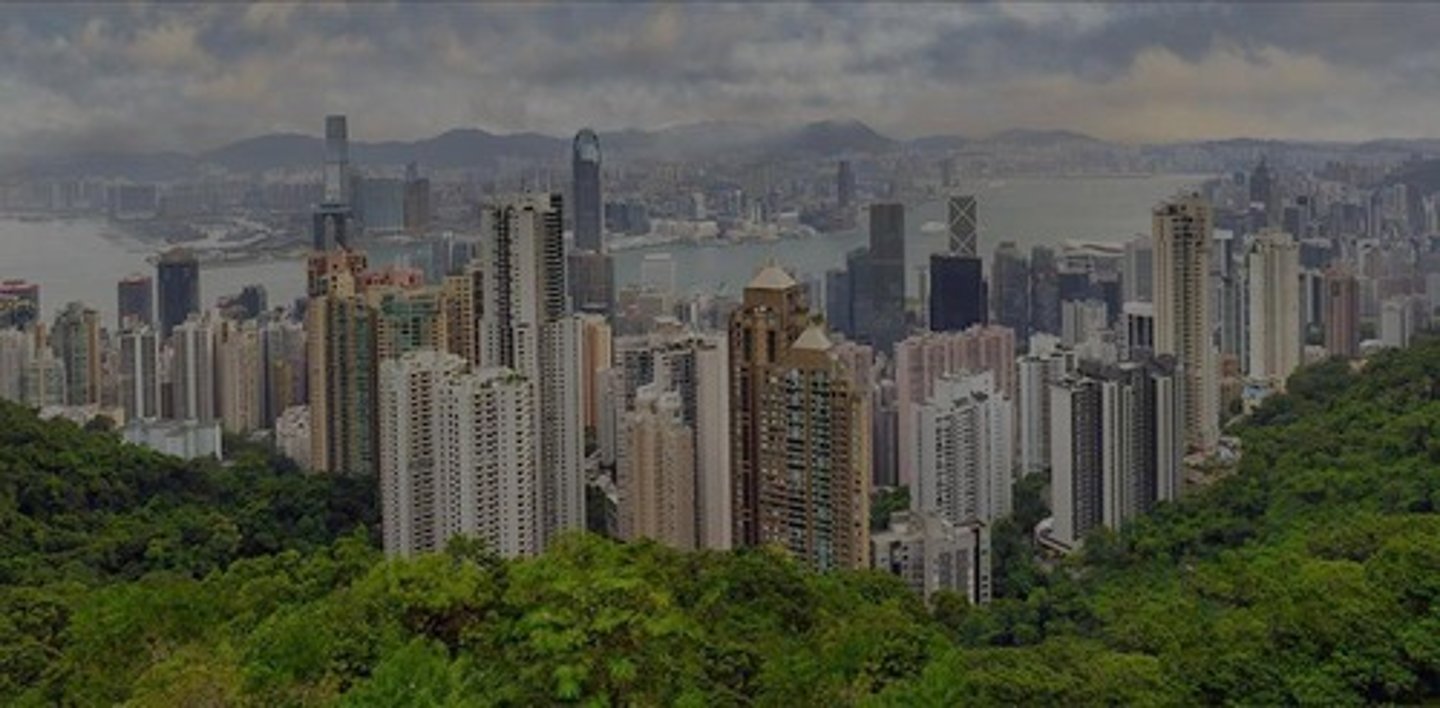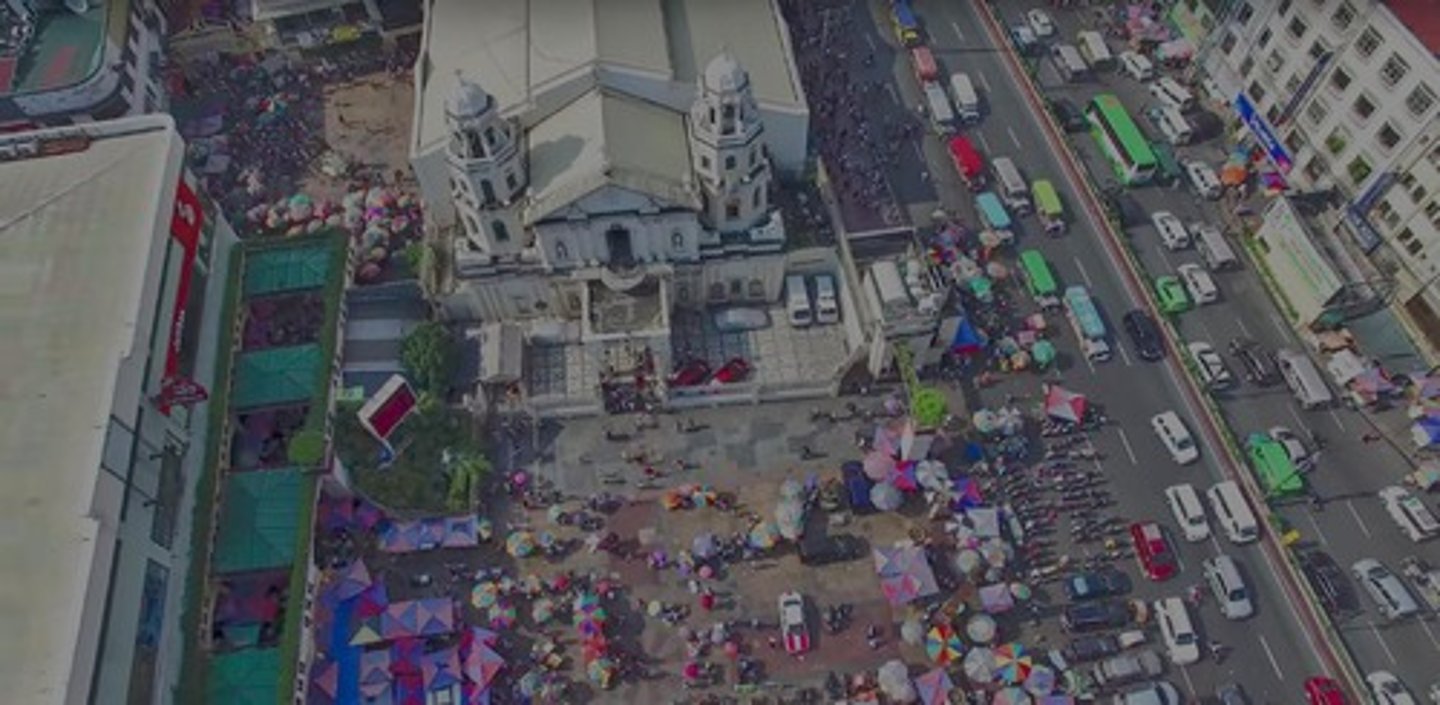Urban Design Elements, Signs & Symbols: A Comprehensive Guide for Planning Students
1/22
There's no tags or description
Looks like no tags are added yet.
Name | Mastery | Learn | Test | Matching | Spaced |
|---|
No study sessions yet.
23 Terms
What is the focus of macro-scale urban design?
It involves the deliberate distribution, scaling, and combination/separation of land uses that integrates the whole, such as locating activity centers and transport corridors.
What does medium-scale urban design emphasize?
It focuses on landscaping public/private areas and defining relationships between spaces for different uses and building locations.
What is the main concern of micro-scale urban design?
It involves detailed work for hardscaping, street furniture selection, and the overall detailed imagery of the city.
What are the three components of urban design?
Urban spatial structure, urban beautification, and urban decoration.
What does procedural concern refer to in urban design?
It emphasizes the products produced during the decision-making or design process.
What is substantive concern in urban design?
It involves analyzing biological and sociological factors together, focusing on behavior and space.
What are the classifications of elements in urban design?
Land uses, behavior settings, and characteristics of spaces (solids and voids, positive and negative spaces, figures and grounds).
How does local character contribute to urban design?
It creates a distinctive identity of a place through the interaction of built form, people, activity, and history.
What is neighborhood character in urban design?
It refers to place-specific identities defined at city-wide or regional levels, with strong support at the neighborhood scale.
How does heritage character influence urban areas?
Historic buildings contribute to the character, diversity, and sense of identity, and respect for local character promotes responsible resource use.
What is the significance of increased choice in urban design?
It adds variety to a city, satisfying a preference for diversity over standardization and improving cultural differentiation.
How can urban design facilitate redevelopment?
By designing in sympathy with local character, it can introduce more compact dwelling types that gain better acceptance.
What are the primary roles of signs and symbols in urban design?
They help integrate the city into comprehensive wholes, strengthen its image, and enhance attraction for citizens and visitors.
What functions do signs and symbols serve in urban design?
They enrich local decorative themes, enhance physical and social qualities, and develop legibility and imageability.
What are some examples of ornaments in urban design?
Streets, squares, street furniture, parks, waterways, main buildings, soft landscape features, sculptures, and fountains.

What factors affect the aesthetic appeal of decorations in urban design?
The quality of the space, physical form and pattern of decoration, circumstances under which decoration is seen, and the observer's perceptual framework.
What is the importance of unity in physical variables of decoration?
Unity contributes to a cohesive and harmonious visual experience in urban design.
How does proportion affect urban decoration?
Proportion ensures that elements within the urban space relate well to each other, enhancing visual appeal.
What role does scale play in urban design?
Scale refers to the size of elements in relation to human perception, affecting how spaces are experienced.
What is harmony in the context of urban decoration?
Harmony refers to the pleasing arrangement of elements that create a sense of balance and order.
How does balance and symmetry contribute to urban design?
Balance and symmetry create visual stability and order, enhancing the overall aesthetic of urban spaces.
What is rhythm in urban decoration?
Rhythm involves the repetition of elements that create a sense of movement and flow within the urban environment.

What is contrast in the context of urban design?
Contrast highlights differences between elements, adding interest and variety to the urban landscape.